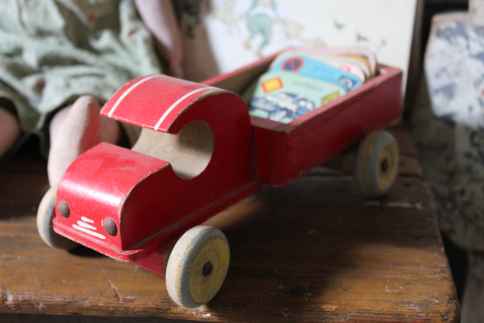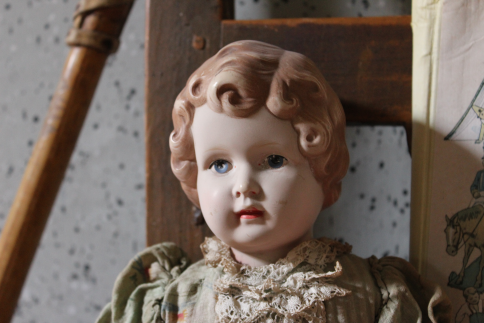The Local History Museum is only a short walk from the Pargas town center. All the buildings at the museum, not including the Ordenshemmet, have been moved here from their original locations. The buildings represent different parts and eras of Pargas history. For instance, there is a croft that belonged to an 18th century naval soldier, a tenant famer’s cottage from the 19th century and a cobbler’s shop, classroom, and a small village shop from the early 20th century. You can also view interiors from the 1920s and 1940s. Furthermore, the is Kirjala Norrgård manor at which the Sovjet leader Vladimir Lenin visited.
Special programs are provided every Wednesday during the summer season, including the Children’s Museum Day, demonstrations of traditional crafts and traditional plants and gardening techniques. During summer we also offer guided tours at no extra cost.
The Regional Museum Day is held on the last Sunday of August during which time visitations to the museum are free of charge.
Annual exhibitions are provided with varying themes. During the spring and autumn guided tours must be pre-booked. Please contact us ahead of your visit so we may offer you the best experience.


The museum buildings
 Ordenshemmet
Ordenshemmet
Ordenshemmet has a long and interesting history. It was built in the 18th century. Until the end of the 19th century the house was part of the Parsby Södergård homestead. Later, the building was for other purposes, such as a school.
In 1927 the Good Templar´s Lodge “Pargas Väl”, a temperance association, bought and renovated the house. That is when it got its current name – the Ordenshemmet. It was used as a community hall until 1990 when it was donated to the Association for Local History. Since then, it’s been used as museum office, collections and exhibition house and museum shop. The interior in the main room is from the early 1950s. The murals are from the late 1940s and symbolize the ideals of the Lodge – temperance, peace, brotherhood and enlightenment as well as its connection to people of every age.
Brattnäs
The Brattnäs cottage is a crofter’s home from the Brattnäs village. The cottage was owned by the Qvidja Manor in Pargas. Qvidja was larges manor in Pargas and the inhabitants of the croft were their tenant farmers. The croft consists of only one room, called “stugan” or “storstugan”. The interior furnishings mirror a 19th century crofters’ home. The building was moved to the museum in 1929.

Kirjala
The Kirjala house used to be the main house on Kirjala Norrgård. The building is from the early 18th century and was moved to the museum in the 1950s. This type of building was mainly erected by wealthy farmers or as a home for parish priests.
Kirjala Norrgård also served as the official inn in the region as the farm were also tasked with maintaining the ferry. Next to the house there is the bell tower. Travelers that needed to cross used it to call upon the ferry. The bell was in use until 1918.
As the building was moved to the museum the interiors were restored to represent different style eras. The room in the eastern corner has hand painted rococo tapestries and biedmeier style furniture. The furniture in the salon dates back to the Swedish Gustavian era. The western room has dark baroque style tapestries. The entrance chamber is a guest room where Sovjet leader Vladimir Lenin spent a few nights during his escape through Finland in 1907. While waiting for the sea ice to grow in thickness, Lenin – posing as a German geologist doctor Müller, was hosted in different homes in Pargas. Right after Christmas he could finally board the steamship Bore I which took him to Stockholm.

Rundila
The Rundila house was probably built in the 18th century and originally stood close to the church in Pargas. Between 1865 and 1916 the cobbler, Johan Strandblom (born in 1829), lived in the house. The entrance chamber is therefore made to resemble a cobbler’s shop.
The kitchen resembles a craftsman’s home from the early 20th century and the other room is made into a village school. Visiting children experience how different Finnish schools were in the early 20th century by comparison to modern education.
 Attu
Attu
The cottage was moved from Storstrand on Attu and given to the local history museum by the Attu Sawmill in 1937. The cottage was built to house a croft naval soldier in accordance with the Swedish allotment system for keeping a trained army at all times. The size of the cottage was strictly regulated by Swedish military regulations.
The living space itself is a single room with tools for both fishing, crafts and farming. At the workbench there is a collection of tools needed for construction of fish bins and on the floor stands tools that were used to make fishing nets.

Malmnäs
The cottage was the main house of the Malmnäs homestead which was a part of Skräbböle Norrgård. It was donated to the museum by the Pargas Limstone Company in 1937. The house is a double cottage with the living space in one end, hallway and chamber in the middle and a shed in the other end. It is furnished as a 1940s family home, focusing on how life was at the home front during WW2. Due to wartime rations which limited the availability of food and materials, the rugs and shoes in the cottage are made from paper. There are also traces from earlier periods, for example tapestries from the 18th century and the two-part outer door which is locally called a “wolf door”.
 Lielax
Lielax
The Lielax cottage is a typical 19th century croft from Lielax Mellangård. It became part of the museum in 1957. The living space reflects early 20th century style. In the main room there is a loom and other utensils used for traditional textile crafts. A small village shop in the entrance champer is littered with different wares and packaging from the mid-20th century.
 Farmyard buildings
Farmyard buildings
The Loft was the first museum building. It was acquired at Jullas on Kustö island and erected in the museum quarters during the summer of 1928. A loft was used for storage and during the warm summer, youth would move to the upper floor of the loft. Today on of the ground level chambers functions as a playhouse for our youngest visitors.
The Granary is from Parsby Chaplain Residence and has been used to store grain.
The Windmill comes from Vidkulla and was built in the 19th century.


